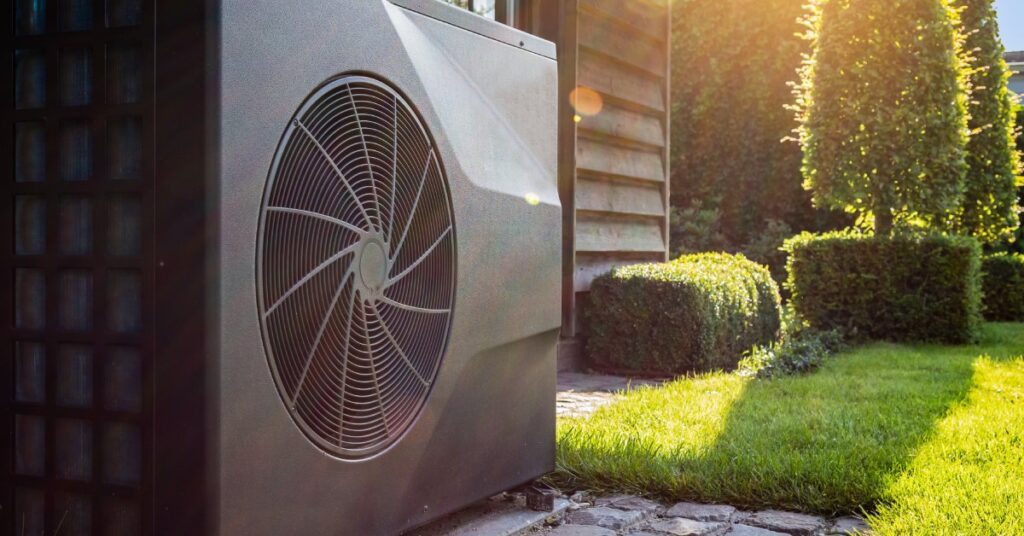- 24/7 Emergency HVAC Repair
- Financing Available
- We Accept All Major Credit Cards
A Quick Guide to Heat Pump Sizes and Your Home
Heat pumps are innovative devices that provide heating and cooling for your home, making them energy-efficient additions. However, before you enjoy its benefits, you’ll need to find the perfect size for your home. Here’s a quick guide to heat pump sizes and your home so you can find the best option that keeps the interior at a comfortable temperature.
The Importance of Choosing the Right Size
Selecting the right heat pump size helps you optimize energy efficiency at home. An undersized heat pump will use more energy to maintain a consistent temperature, leading to insufficient heating and cooling.
Conversely, an oversized unit will turn on and off too frequently, shortening its cycle and reducing its capability to fully heat or cool all the rooms in the house. Proper sizing ensures your heat pump operates efficiently while providing maximum comfort.
Common Heat Pump Sizes
Heat pumps come in various sizes, typically measured in tons or British thermal units (BTUs). Common sizes range from 1.5 to 5 tons (or about 18,000 to 60,000 BTUs) and suit different home sizes and needs. For instance, a 1.5-ton unit may be ideal for a relatively small home, while a 5-ton unit would accommodate a large home with multiple levels. Understanding these options helps you choose a heat pump that aligns with your home’s requirements and effectively heats and cools throughout the year.
Factors Affecting Heat Pump Sizing
Numerous factors come into play when determining the appropriate size for your heat pump. The Manual J calculation, a comprehensive method developed by the Air Conditioning Contractors of America (ACCA), provides a detailed approach to sizing a heat pump.
The following factors are considered in the Manual J calculation:
- Square footage of your home
- The climate in your area
- The level of insulation
- The number and type of windows
- The occupancy level
- The home’s orientation to the sun
- Air infiltration rates
The Sizing Process
Determining the ideal heat pump size for your home involves a few steps. While it’s possible to conduct a Manual J load calculation to assess your home’s heating and cooling needs on your own, it is highly recommended to contact an experienced HVAC contractor, like W.F. Smith, to perform this task. Professionals use special software to perform the calculations and have years of experience to ensure an accurate result.
With this information, a professional HVAC contractor, like W.F. Smith, can interpret the results and recommend the best heat pump size for your home. Our professional heat pump installers have the expertise to help you select a system that matches your home’s needs.
Heat pump sizes and your home influence each other in many ways, and finding the right fit ensures you feel comfortable in your space. Use this guide to factor in your Manual J calculations and understand how to determine the ideal heat pump size. Your effort will be worth it as your home’s climate control pays dividends in comfort and savings for years.

I’ve been dealing with WF Smith for many years and have found them to be consistently reliable, professional, responsive and courteous. I recommend them without hesitation. I have recently replaced my builders’ grade HVAC (not initially installed by WF Smith) with Lennox products and, though the Lennox products are new on this house, I had Lennox products on my last home in Long Valley, NJ which I had built and was very pleased with their performance there. So, I have every expectation that I will be able to rely upon the product’s performance and manufacturer’s warranties, as well as upon the workmanship that characterizes the installation.


